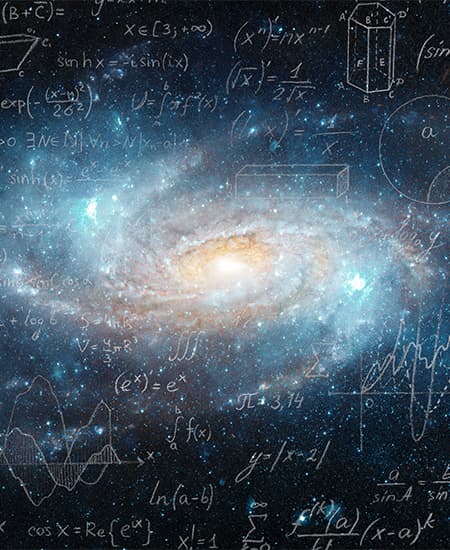Emergent Dark Energy Model and Its Cosmological Constraints
The accelerating expansion of the universe is a phenomenon that was first discovered in the late 1990s through observations of distant supernovae. The observations indicated that the expansion of the universe is not slowing down due to the gravitational pull of matter, as had been previously thought, but is actually accelerating. The discovery of the accelerating expansion of the universe was a major breakthrough in our understanding of the universe and has led to a new field of research known as dark energy cosmology. The accelerating universe is currently explained by the CDM (Cold Dark Matter) model, which is the current standard model of cosmology. This model proposes that the universe is composed of dark matter and dark energy in addition to the familiar matter that makes up everything we can see and touch. The (what? missing information) in CDM refers to the cosmological constant, a constant that was first proposed by Einstein to explain the static nature of the universe. This constant is now understood to represent the dark energy that is causing the accelerated expansion of the universe. The CDM model is supported by a wide range of observational evidence, including the cosmic microwave background, large-scale structure, and supernovae. It also predicts the observed accelerated expansion of the universe and the observed large-scale structure of the universe. However, the CDM model is not without its problems and there are still many unanswered questions, including the Missing Satellite problem, the Hubble Tension and the Cosmological Constant problem. These problems may indicate that the CDM model is not a complete description of the universe or that there are new physics or additional components that need to be taken into account.

